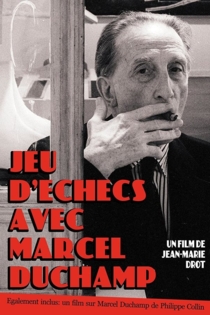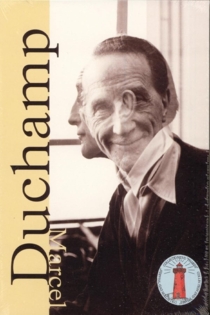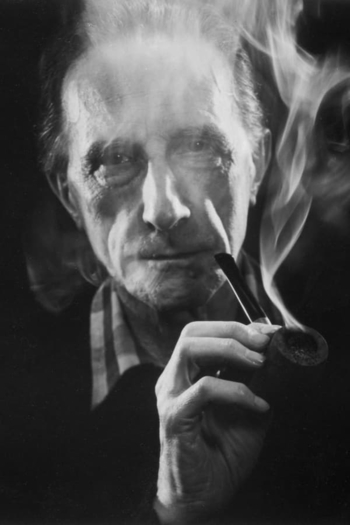
Marcel Duchamp
1887 - 1968Lafayette, We Come
Léonce Perret
E.K. Lincoln, Dolores Cassinelli
Leroy Trenchard loves Therese Verneuil, and when Leroy enters the army goes to France to fight, Therese follows as a Red Cross nurse. But suspicion arises that Therese is actually Princess Sonia, a German spy.
Lafayette, We Come

Paris The Luminous Years
Perry Miller Adato
Josephine Baker, Sylvia Beach
A storm of Modernism swept through the art worlds of the West in the early decades of the twentieth century, uprooting centuries of tradition. The epicenter of this storm was Paris, France. For an incandescent moment from 1905 to 1930, Paris was the magnetic center for radical innovation and experiment, and the Mecca for creative talents who would change the course of art throughout the Western world.
Paris: The Luminous Years
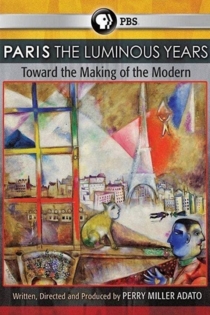
Europe After the Rain
Mick Gold
Joan Bakewell, Simon Cadell
Dada came out of the craziness of World War One. "The birth of Dada was not the beginning of art but of disgust." Surrealism tried to systematize Dada's anarchy into an artistic blend of Freudian psychoanalysis and Marxist provocation. In the interests of conquering the irrational, Salvador Dali opened exhibitions dressed in a diving suit, Marcel Duchamp turned himself into woman, Benjamin Peret assaulted priests, and Yves Tanguy ate spiders. Andre Breton, nicknamed "the Pope of Surrealism", led an inspired gang of artists, lunatics and writers. By the 1950s they were denouncing each other for betraying the movement, but their ideas had infected Hollywood, advertising agencies and were turning up as TV humor and album covers.
Europe After the Rain
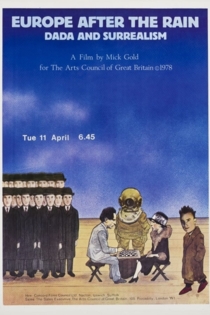
Entr'acte
René Clair
Jean Börlin, Inge Frïss
Stop-motion photography blends with extreme slow-motion in Clair's first and most 'dada' film, composed of a series of zany, interconnected scenes. We witness a rooftop chess match between Marcel Duchamp and Man Ray, a hearse pulled by a camel (and chased by its pallbearers) and a dizzying roller coaster finale. A film of contradictions and agreements.
Entr'acte

Dadascope
Hans Richter
Jean Arp, Marcel Duchamp
Free-associative images are juxtaposed with disorienting poetry in Richter's late work. The film is visual dynamite: Upside-down and reversed footage, play with shadows and light, billiards and dice and balloons-- suggestive and surreal images. Tenets of Dada writing, such as games of chance, punnery, wordplay and loud nonsense noise are foist upon the viewer as Dada poems are read / performed by their orignal authors.
Dadascope

Marcel Duchamp: The Art of the Possible
Matthew A. Taylor
Alison Knowles, Arturo Schwarz
A remarkable walk through the life and work of the French artist Marcel Duchamp (1887-1968), one of the most important creators of the 20th century, revolutionary of arts, aesthetics and pop culture.
Marcel Duchamp: The Art of the Possible
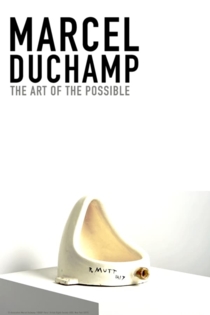
Witch's Cradle
Maya Deren
Marcel Duchamp, Pajorita Matta
Witch’s Cradle is an unfinished Maya Deren film made in the Guggenheim Gallery during a surrealist “Art of this Century” exhibit. It was assembled long after her death by staffers within the preservation department at Anthology Film Archives.
Witch's Cradle

Anémic cinéma
Marcel Duchamp
A spiral design spins. It's replaced by a spinning disk. These two continue in perfect alternation until the end: a spiral design, a disk. Each disk is labelled and can be read as it rotates. The messages, in French, feature puns and whimsical rhymes and alliteration. The final message comments on the spiral motif itself.
Anemic Cinema

8 X 8: A Chess-Sonata in 8 Movements
Marcel Duchamp, Hans Richter
Hans Arp, Paul Bowles
8 x 8: A Chess-Sonata in 8 Movements is an American experimental film directed by Hans Richter, Marcel Duchamp, and Jean Cocteau. Described by Richter as "part Freud, part Lewis Carroll" and filmed partially on the lawn of Duchamp's summer house in Southbury, Connecticut.
8 X 8: A Chess-Sonata in 8 Movements
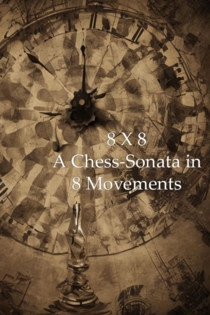
Andy Warhol Screen Tests
Andy Warhol
Eric Andersen, Paul America
The films were made between 1964 and 1966 at Warhol's Factory studio in New York City. Subjects were captured in stark relief by a strong key light, and filmed by Warhol with his stationary 16mm Bolex camera on silent, black and white, 100-foot rolls of film at 24 frames per second. The resulting two-and-a-half-minute film reels were then screened in 'slow motion' at 16 frames per second.
Andy Warhol Screen Tests

Merce by Merce by Paik
Nam June Paik
Merce Cunningham, Marcel Duchamp
Merce by Merce by Paik is a two-part tribute to choreographer Merce Cunningham and artist Marcel Duchamp. The first section, “Blue Studio: Five Segments”, is a work of video-dance produced by Merce Cunningham and videomaker Charles Atlas. The second part, produced by Paik and Shigeko Kubota, further queries the relationship between everyday gestures and formal notions of dance.
Merce by Merce by Paik
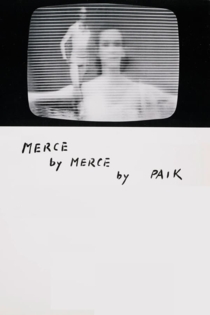
Screen Test [ST80]: Marcel Duchamp
Andy Warhol
Marcel Duchamp
Marcel Duchamp alternates between scrutinizing the camera, and smiling and nodding in response to what seems to be a large crowd of off-screen admirers trying to get his attention. Occasionally he puts his fingers to his lips, indicating that he is not supposed to talk.
Screen Test [ST80]: Marcel Duchamp
![Screen Test [ST80]: Marcel Duchamp](https://api.mamonto.com/media/cache/w210_hA/movies/3794/7272/61fbe6b00ef8_6664e85ca6b51.jpg)

